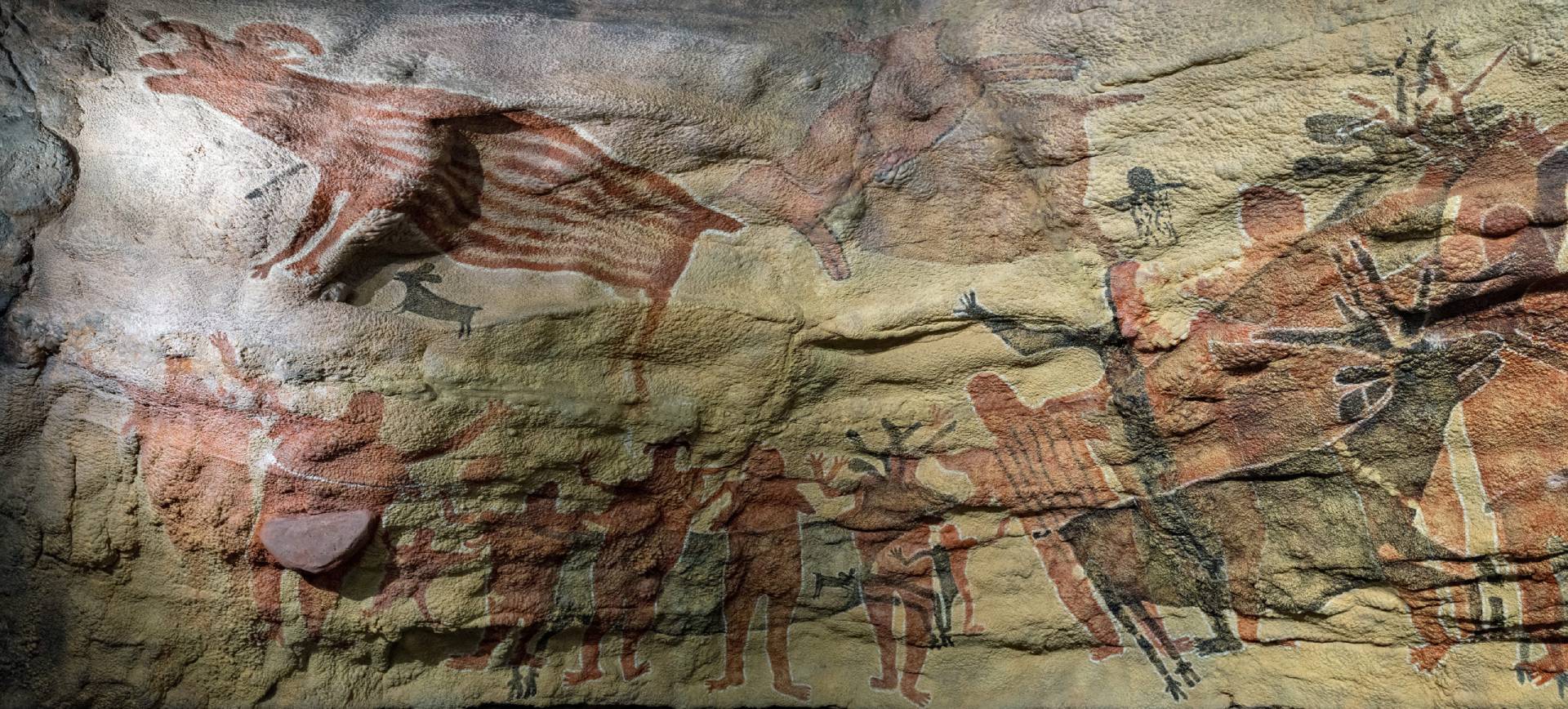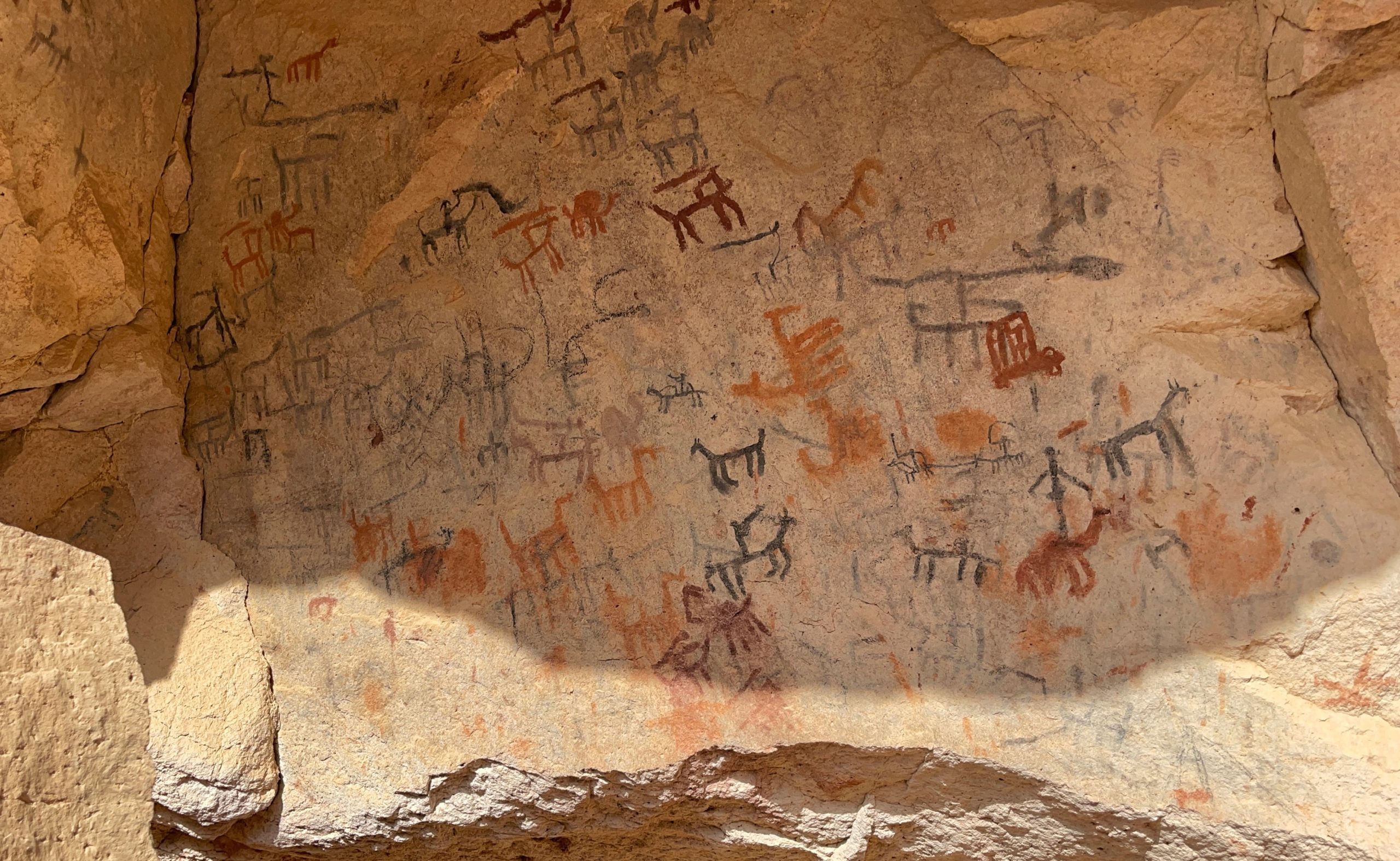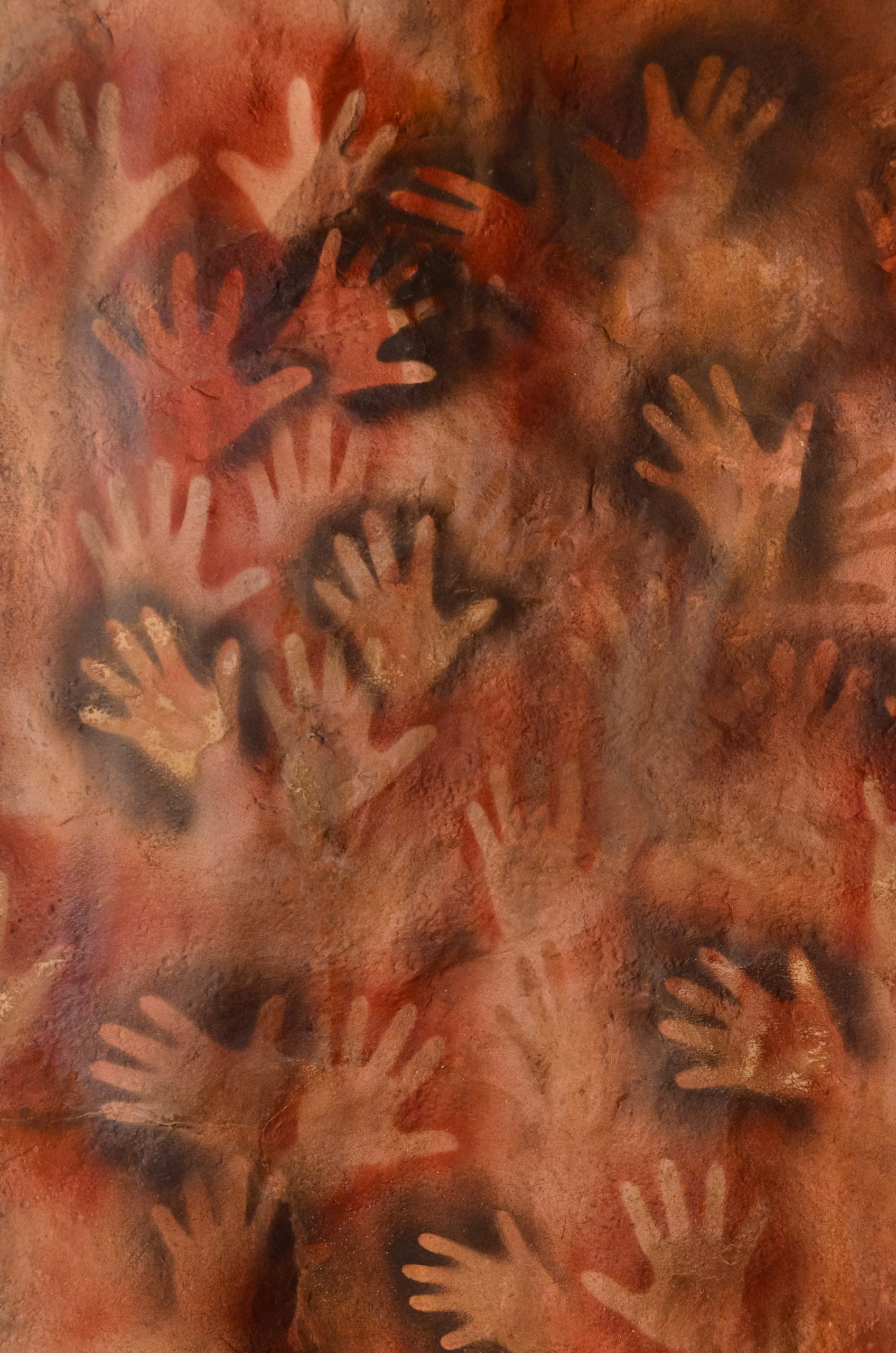Prehistoric cave paintings are among the world’s oldest and most mysterious pieces of art. There are at least 200 painted caves, some dating back to 30,000 BCE. The paintings mostly feature animals, but they also include human figures, non-representational symbols, human handprints, and engravings. Their meanings remain enigmatic in all circumstances.
The traditional tools of the art historian’s inquiry – written documentation, knowledge of the social and political atmosphere of the period, and other art and artifacts to serve as comparison – either do not exist or are exceedingly uncommon in prehistoric, illiterate societies. Similarly, scholars continue to debate the origins of the human instinct to create art. What happened in human history to cause the formation of these caves and works, When no art appears to have been created previously? What role did cave art play in prehistoric society? Many ideas have been proposed, as have various approaches to evaluating the evidence, but despite over a century of research, no consensus has been achieved. One reason for the difficulty in understanding cave paintings is because scientists still know very little about the prehistoric societies who created them. Excavations in the regions where the majority of European painted caves are found have yielded important archaeological materials such as tools, hunting implements, small-scale sculpture, burial arrangements, and animal remains, but only a limited amount can be inferred and little can be proven with certainty. Because the images recorded on cave walls are the closest thing to surviving records or narratives from these pre-literate societies, historians face a catch-22 when attempting to interpret them, because narratives and records normally inform most art historical interpretations.
The unique aspect of the religious activities of the cultures who practiced cave painting, just like most aspects of prehistoric art, remains a mystery, but it is highly likely that these behaviors and beliefs were tightly related to the function of cave art. Some views contend that cave art was essential for its existence and content, but others contend that its major value was in the ritual act of painting or carving it. It has been speculated that the animal visions may have been tied to some form of hunting magic. Hunting was crucial to early humans’ survival, and animal art in caves has often been understood as an attempt to affect the outcome of the hunt, assert authority over animals that were both hazardous and necessary to their life.
Imagery has also been interpreted as images of shamanic rituals, instruments for converting shamans into and out of animal forms, or representations of shamanic or other ritual trance experiences. The range of non-representational symbols and handprints discovered in some caves have been linked to coming-of-age or initiation rituals. Finally, it is probable that cave art acted as a form of record of communities’ myths and histories, rituals, and beliefs before writing could do so. The figural artwork could have represented a story, whilst the abstract symbols could have indicated more symbolic records. Element of the reason that so many hypotheses have been proposed but none have achieved general acceptance is that there is little strong evidence on which to base a good argument, but another part is that prehistoric European cave art is both quite consistent and quite distinct. Many cave paintings differ in their colors, scale, perspective, shading or lack thereof, naturalism, and intricacy, ranging from simple, monochromatic line drawings to sophisticated, three-dimensional pictures drawn naturalistically and in several colors. These variations and exceptions to recognised patterns are difficult to account for because each appears to imply a completely different interpretation, and the lack of a strong theory about the meaning of the patterns makes understanding the importance of any specific departure extremely challenging.
Many cave paintings differ in their colors, scale, perspective, shading or lack thereof, naturalism, and intricacy, ranging from simple, monochromatic line drawings to sophisticated, three-dimensional pictures drawn naturalistically and in several colors. These variations and exceptions to recognised patterns are difficult to account for because each appears to imply a completely different interpretation, and the lack of a strong theory about the meaning of the patterns makes understanding the importance of any specific departure extremely challenging.



